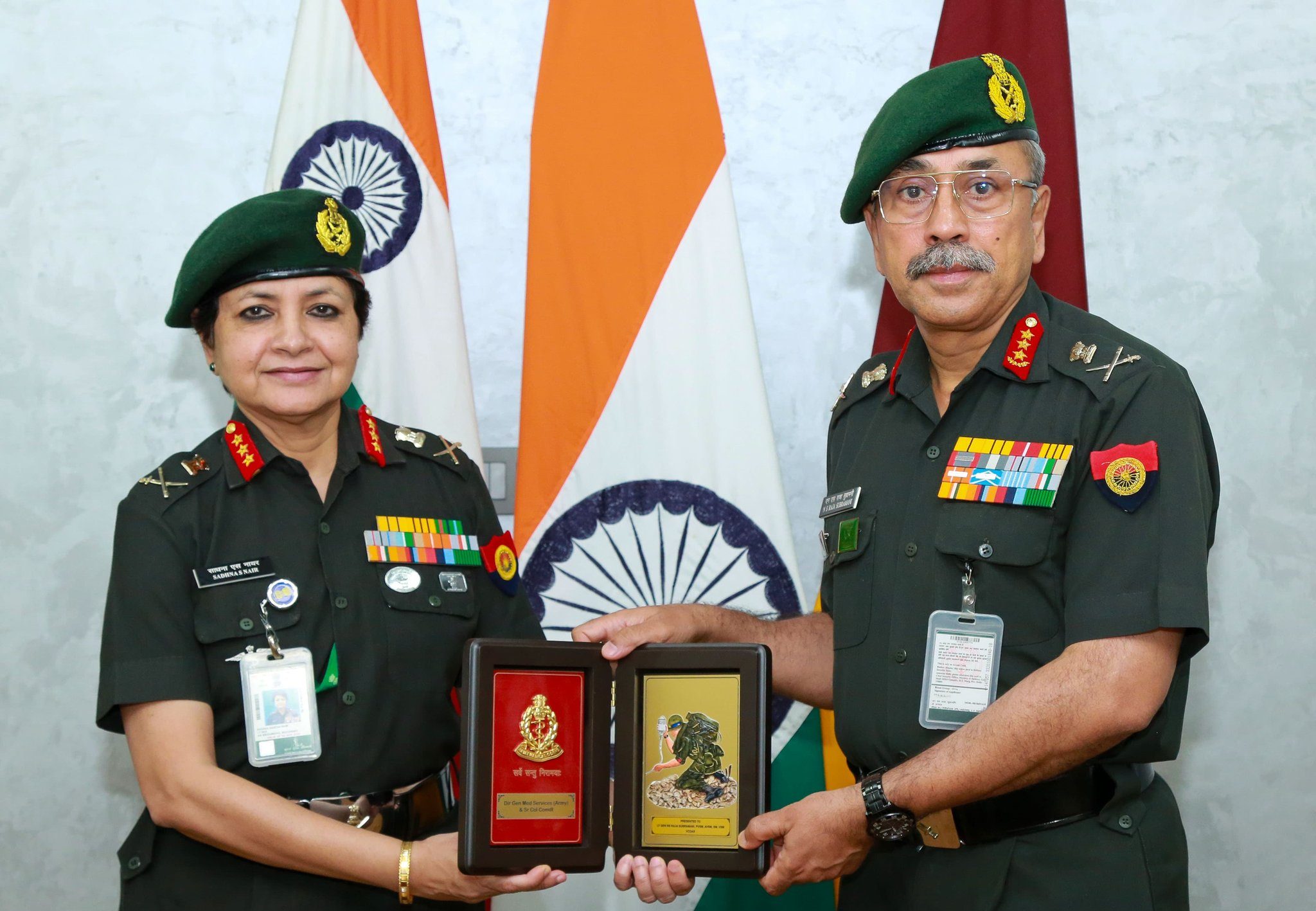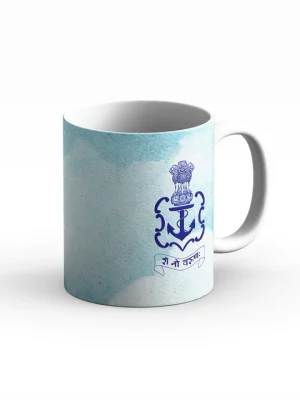The Indian Army today unveiled a critical advancement in combat medical care with the introduction of an indigenously developed Combat Application Tourniquet (CAT) during a high-level visit by Lieutenant General NS Raja Subramani, Vice Chief of the Army Staff, to the Directorate General Medical Services (Army).
The visit was hosted by Lieutenant General Sadhna S Nair, the first woman to lead the Directorate General Medical Services (Army), who assumed the role in August 2024. During the demonstration, she highlighted the CAT’s potential to significantly improve battlefield survival rates by enabling rapid control of traumatic bleeding—a leading cause of preventable combat deaths.
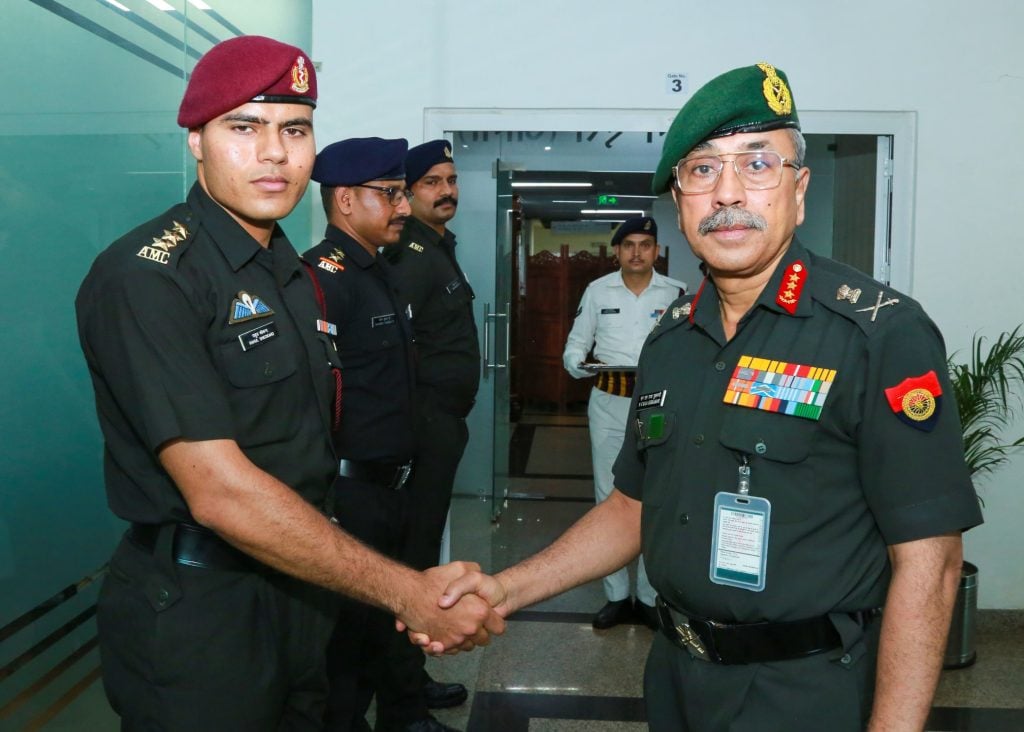
Designed and manufactured in India, the CAT is intended to be a vital component in frontline medical kits. According to a study published in the Journal of Trauma and Acute Care Surgery, when applied within 10 minutes of injury, tourniquets can reduce mortality from extremity hemorrhage by up to 20%, reinforcing the importance of swift intervention.
Lieutenant General Subramani commended the Army Medical Corps for its commitment to enhancing operational readiness and its role in advancing indigenous medical technologies suited to the Indian Army’s unique operational challenges.
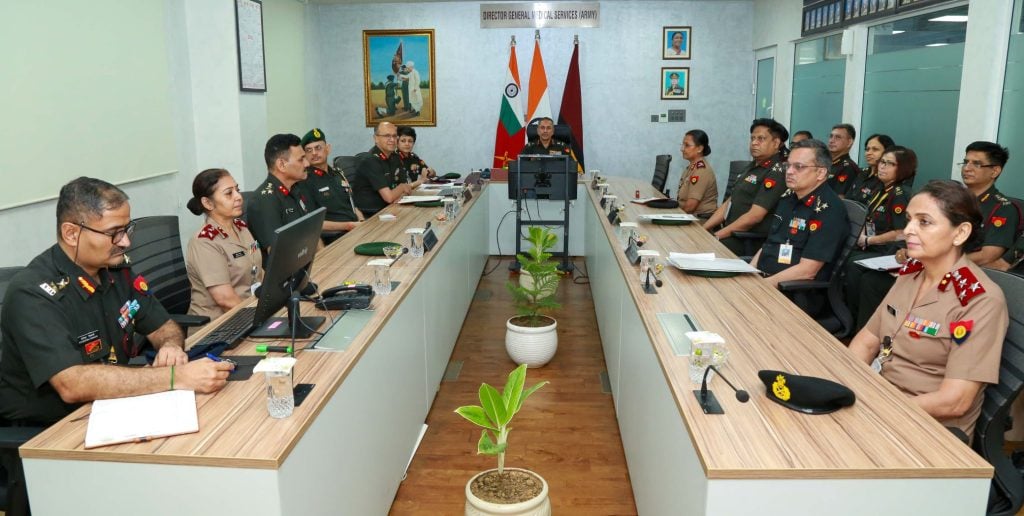
Officials said the CAT will be rolled out across forward units after final field trials and integration into medical protocols. Its development supports India’s ‘Atmanirbhar Bharat’ initiative, aiming to reduce dependence on foreign-made medical and defence supplies, especially in times of crisis or conflict.
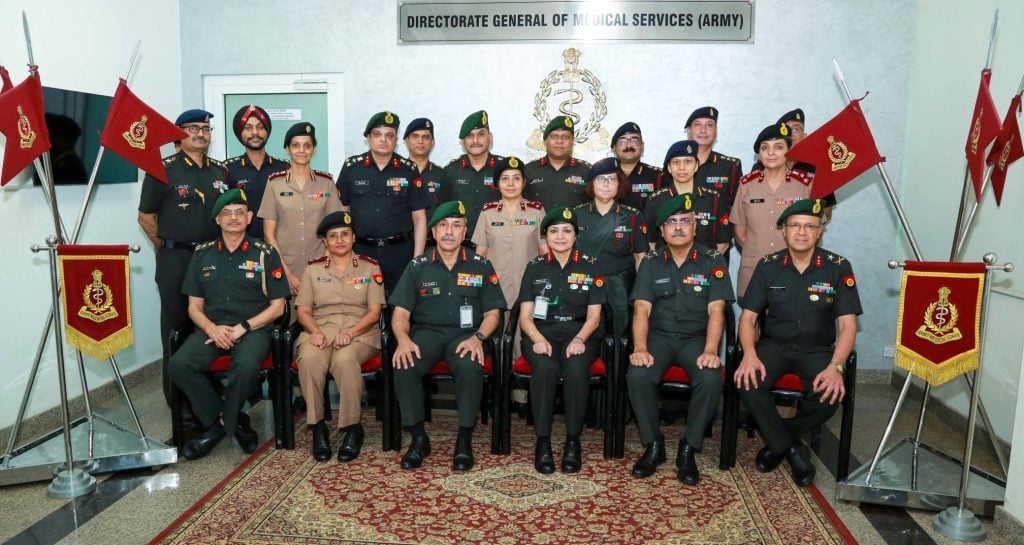
This innovation adds to a growing list of indigenous technologies being adopted across India’s defence services, reflecting a larger push to modernize the military through locally developed, mission-oriented systems.

